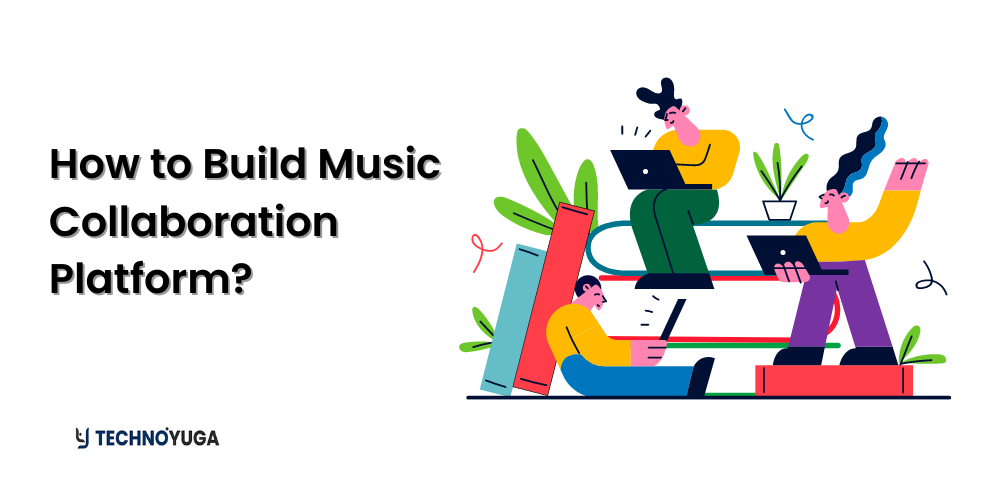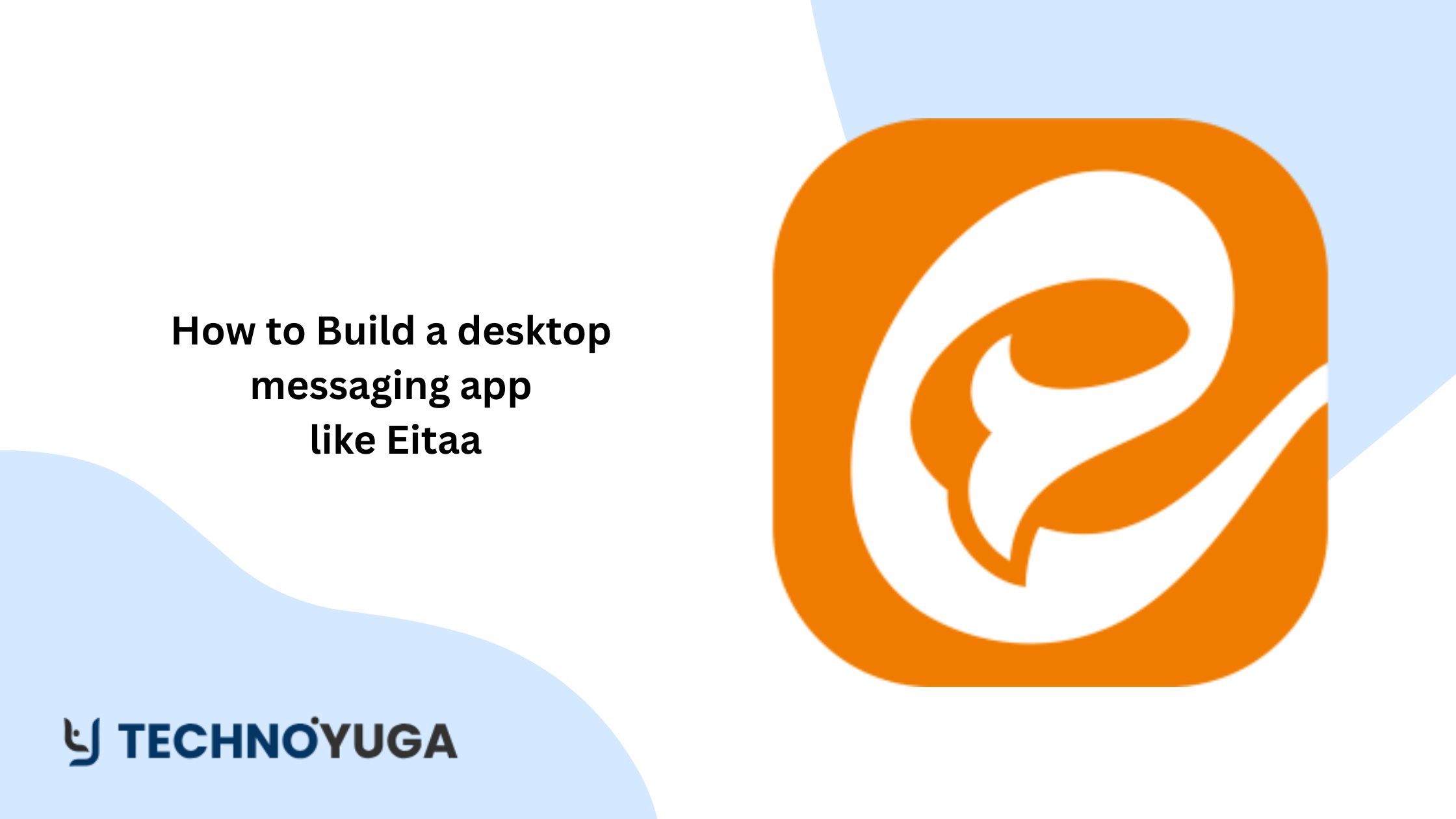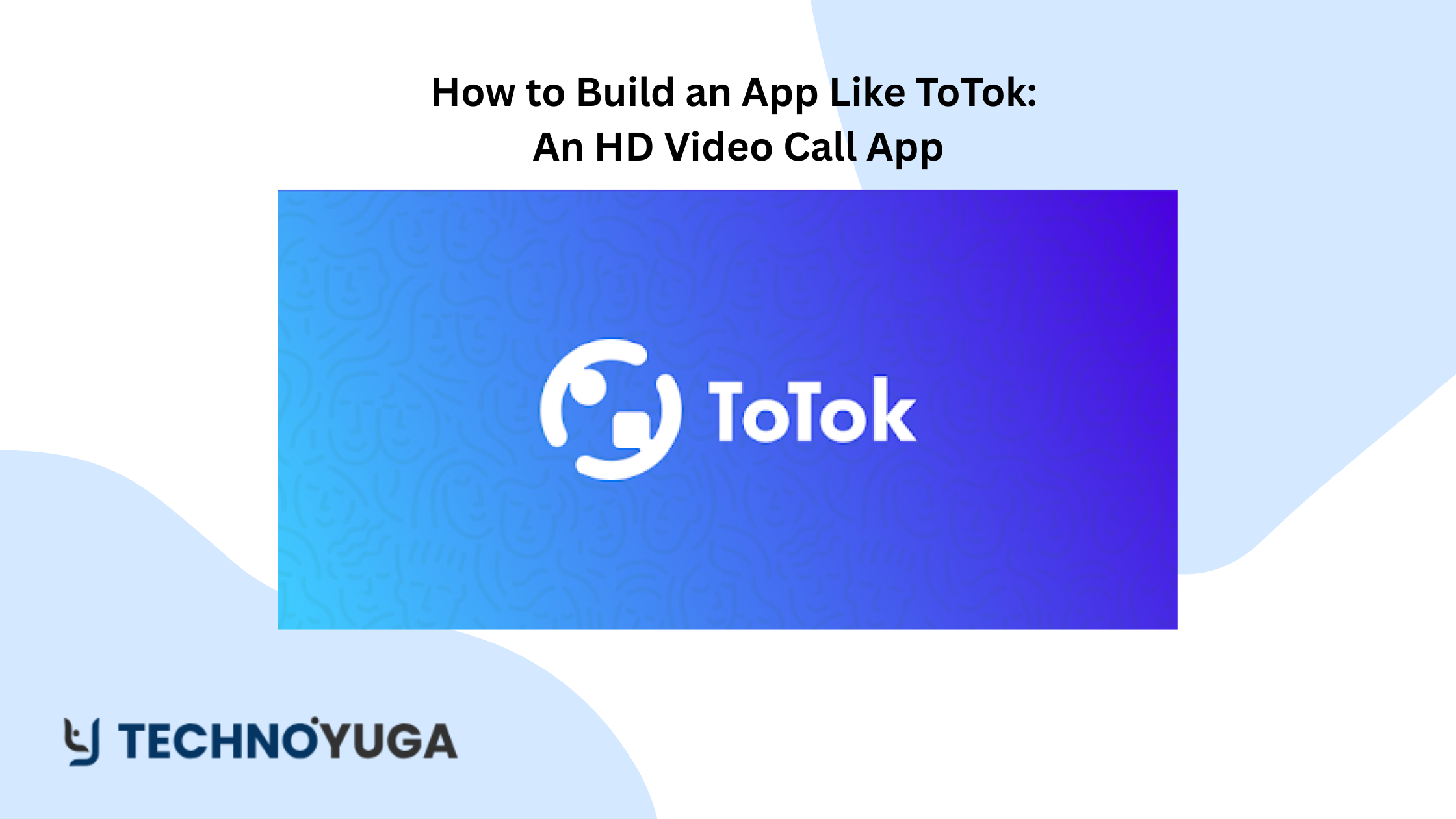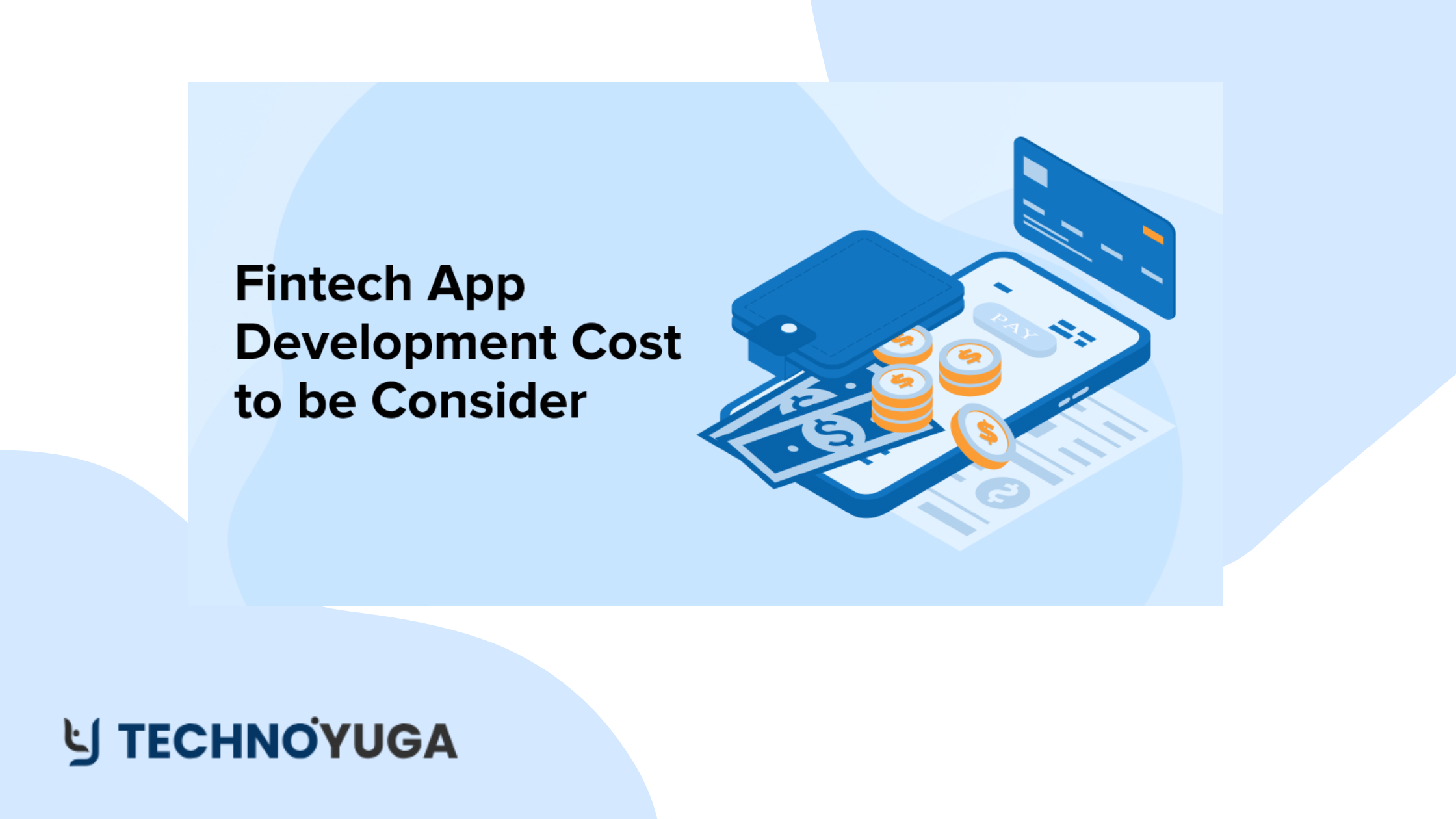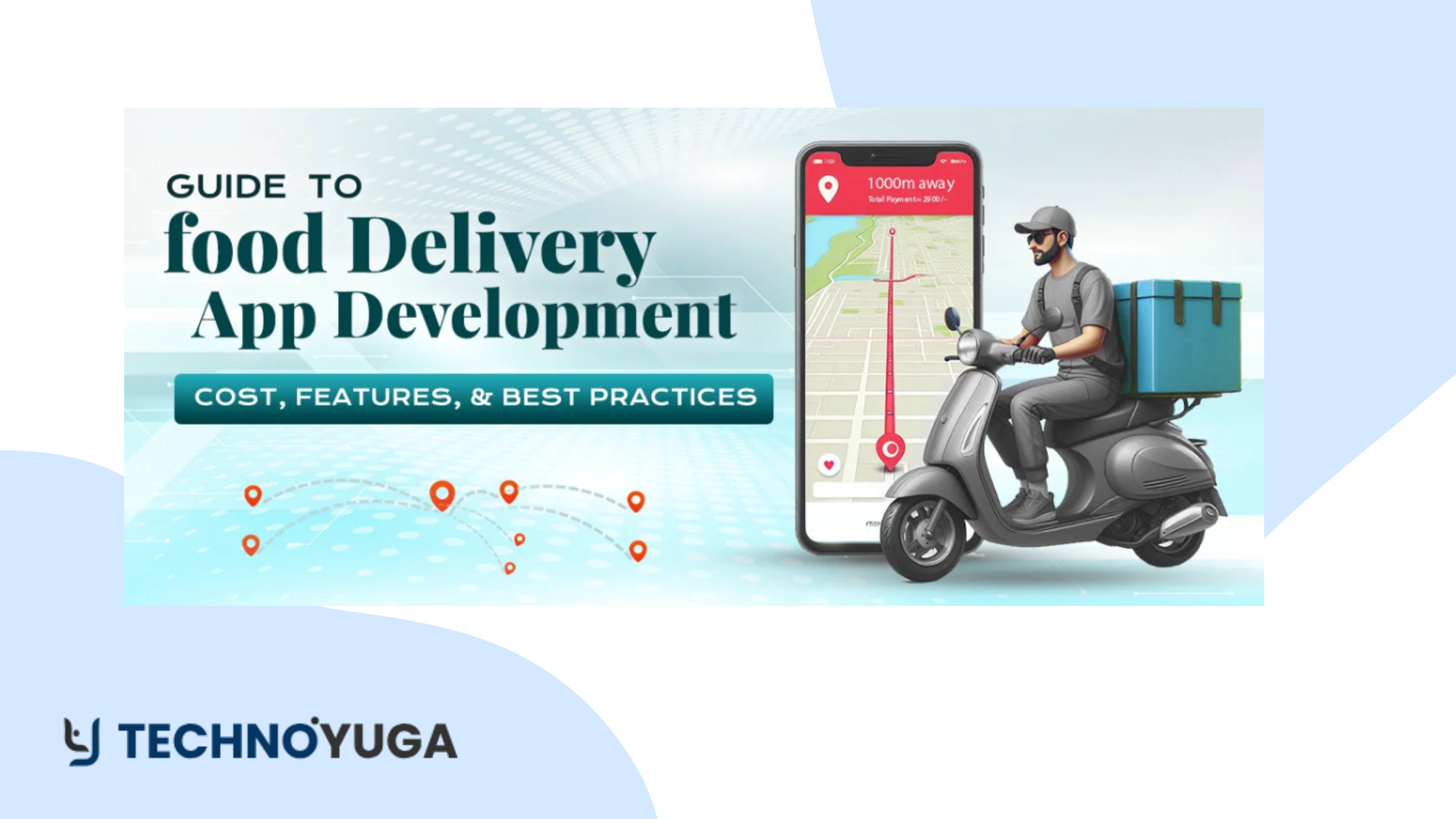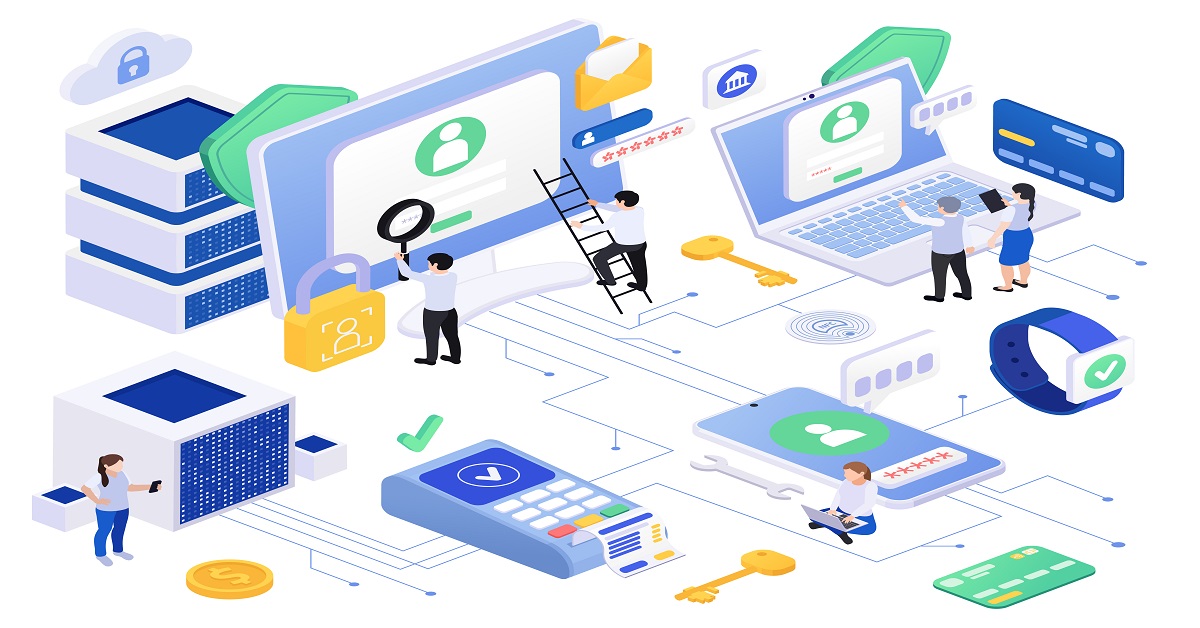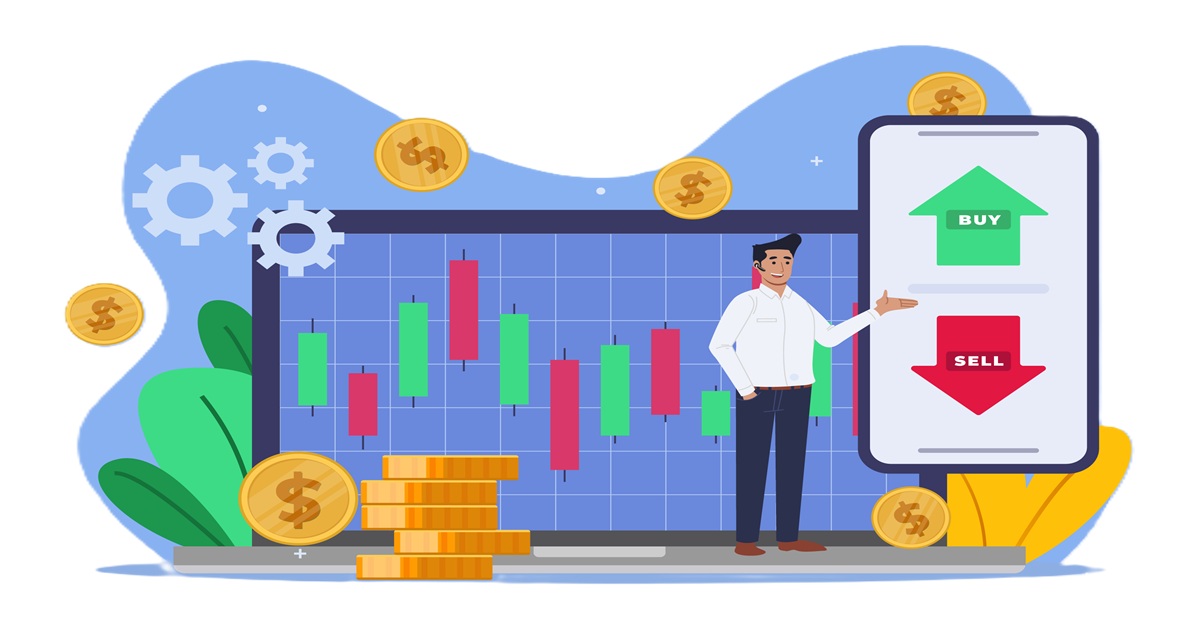With the ever-changing music production industry, remote cooperation has become increasingly popular. It’s a fantastic breakthrough that music can now be produced, shared, and created with people anywhere in the world. Many years ago, a lot of bands attempted this, but the technology was not yet developed.
The first step in remote music collaboration is to embrace the digital transformation. This means openness to new technologies and ways of working. Digital era offers a series of tools and platforms designed to simplify the collaboration process and make it more efficient.
Music Collaboration Platform Development has provided a platform that allows musicians to work together to compose and produce music over the internet. Through connections with musicians worldwide, users may exchange ideas, work together on projects, and even release music together. Similar-minded music enthusiasts can unite by Music Collaboration App Development, which can also help cultivate a thriving community of content creators. In this blog, we are going to cover the steps for Music Collaboration App Development along with the necessary features
Global Market Statistics of Music Collaboration App Development
The global impact of music collaboration app development is evident through key statistics and trends:
1. Market Growth:
-
- Digital audio workstations (DAWs) and Music Collaboration App Development are expected to fuel the music production software industry, which is expected to reach $12.54 billion by 2030.
2. User Demographics and Engagement:
-
- Around 50 million active musicians seek remote collaboration tools.
- Apps like Soundtrap have millions of users collaborating globally, especially during the pandemic.
3. Technological Advancements:
-
- Cloud-based solutions enhance real-time collaboration.
- Features allowing simultaneous work on projects are now standard.
4. Economic Effect:
-
- Income is brought in by monetization strategies that include in-app purchases and premium subscriptions.
- In 2020, global earnings from Music Streaming App Development were $23.1 billion.
5. Community and Networking:
-
- Music collaboration platform development fosters communities (e.g., BandLab with 30 million users).
- Networking and artist discovery are integral.
6. Future Trends:
-
- AI and machine learning improve features like automatic mixing and personalized recommendations.
- VR and AR create immersive collaboration environments.
These trends highlight the vital role music collaboration platform development plays in music creation, sharing, and monetization.
Must Have Features of a Music Collaboration App
When developing a music collaboration app, consider these essential features:
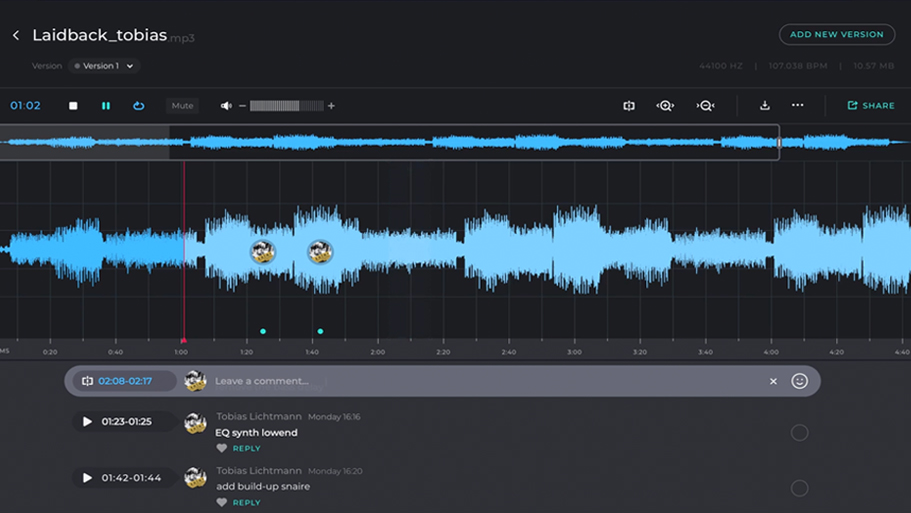
1. Real-time Collaboration Tools:
-
- Enable simultaneous multi-track editing for real-time collaboration.
- Integrate live chat and video conferencing to facilitate communication among collaborators.
2. Comprehensive Audio Tools:
-
- Offer virtual instruments (synths, drums) and audio effects (reverb, EQ).
- Provide advanced audio editing capabilities (cut, paste, pitch shift).
3. Cloud Storage and Integration:
-
- Automatically sync projects to the cloud for easy access from any device.
- Integrate with popular cloud services (Google Drive, Dropbox) and music platforms (SoundCloud, Spotify).
4. AI-Powered Features:
-
- Provide smart suggestions for chord progressions and melodies.
- Implement automated mixing and mastering tools.
5. Community and Social Features:
-
- Create public/private groups based on genres or interests.
- Enable project sharing and feedback within the app community.
6. Project Management and Version Control:
-
- Track changes with version history and allow reverting to previous versions.
- Include task management tools for larger collaborations.
These features should be incorporated by the Music Collaboration Platform Development Company to enhance creativity, streamline collaboration, and create a vibrant music-making community.
6 Steps for Music Collaboration App Development
From conception to implementation, there are numerous critical milestones in the Music Collaboration App Development. These are 6 major steps to assist you with the procedure:
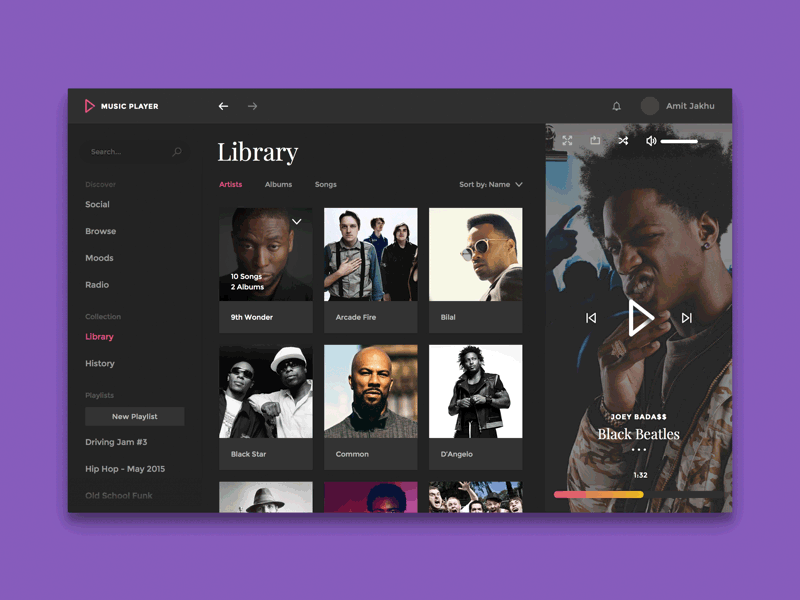
1. Conceptualization and Planning:
- Define Purpose and Features:
-
-
- Determine whether your Music Streaming App Development focuses on real-time collaboration, track sharing, or both.
- List key features such as audio recording, editing tools, collaboration features, chat functionality, cloud storage, and social sharing.
-
- Market research:
-
-
- Examine competitor applications to find opportunities and possible USPs (unique selling features) for your own app.
- Recognize the demands of your target audience.
-
- Make a Comprehensive Plan:
-
- Create a project plan that includes deadlines, stages, and checkpoints.
- Select the technology stack and platforms (iOS, Android, and Web).
- You can outsource the developmental work to an expert android app development company.
2. Design
- User Experience (UX) Design:
-
-
- Create user flows and layouts by creating user personas and wireframes. You should hire designers from a reputed Music Collaboration App Development Company.
-
- User Interface (UI) Design:
-
-
- Create buttons, icons, and displays that are easy to use.
- Give accessibility and user-friendliness top priority.
-
- Prototyping:
-
- Use programs like Sketch or Figma to create clickable prototypes.
- Gather feedback through user testing.
3. Backend Development:
- Server and Database Setup:
-
-
- Choose a backend framework (e.g., Node.js, Django).
- Design a database schema for user data, audio files, and collaboration sessions. The Music Collaboration App Development Cost may get affected by the backend framework you choose.
-
- API Development:
-
-
- Develop RESTful APIs for client-server interactions.
- Implement authentication and authorization mechanisms.
- Always hire dedicated developers from a renown mobile app development company like TechnoYuga
-
- Cloud Integration:
-
- Integrate with cloud services (e.g., AWS S3) for audio storage and real-time collaboration.
4. Frontend Development:
- Mobile and Web Development:
-
-
- Use native (Swift, Kotlin) or cross-platform frameworks (React Native, Flutter).
- For web, consider React, Angular, or Vue.js.
-
- Key Features Implementation:
-
-
- Enable audio recording/playback and real-time collaboration tools.
- Incorporate chat and communication features.
-
- Backend Integration:
-
- Connect frontend components to backend APIs.
5. Testing:
- Unit and Integration Testing:
-
-
- Test individual components and interactions.
-
- User Acceptance Testing (UAT):
-
-
- Conduct beta testing with target users.
- Gather feedback on usability and functionality.
-
- Bug Fixing and Optimization:
-
- Address reported issues and optimize performance.
- Routine testing is beneficial for the success of any application but may increase the Music Collaboration Platform Development Cost.
6. Deployment and Maintenance:
- Prepare for Launch:
-
-
- Set up the app in app stores (Apple App Store, Google Play Store).
- Ensure compliance and security.
-
- Marketing and Promotion:
-
-
- Develop a strategy using social media and influencer partnerships.
-
- Continuous Improvement:
-
- Monitor performance and release regular updates.
- Consult with an on-demand app development company with expertise in software security and compliances.
By following these steps, you can systematically progress in your Music Collaboration App Development that empowers musicians and encourages creativity.
Conclusion
Music Collaboration App Development requires careful planning, design, development, and ongoing enhancements. By embracing digital transformation and including features like real-time collaboration, robust audio tools, and cloud integration, keeping in mind the Music Collaboration App Development Cost, you can do a Music Collaboration Platform Development that nurtures creativity and connects musicians globally. Staying updated with technology and user preferences ensures your app remains relevant and impactful in the dynamic music industry.
